The placement of goods under the customs regime, depending on the purpose of export or import of products and other circumstances, allows you to apply different legal regulation tools to them. Which, in turn, makes it possible to most fully take into account the interests and needs of the parties to foreign economic activity. Ultimately, all this contributes to the development of exchange and other processes directly related to international trade. Next, we consider in more detail what are customs regimes goods. 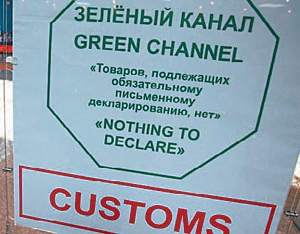
Overall value
The term "customs regime", like many other legal categories, can be considered in a broad and narrow sense. In the first case, the concept provides for the presence of a certain combination of financial and administrative legal regulation tools. This legal regime is determined by customs legislation. It is necessary to regulate the relations formed during the movement of vehicles and products across the border between the person carrying out the transportation and the authorized inspection body.
Concretization of the concept
In a narrow sense, the customs regime of the Russian Federation is a special procedure that provides for a set of conditions and requirements. These include, in particular:
- A special procedure for applying restrictions, prohibitions and duties on vehicles and products. The indicated categories are established in accordance with the legislation governing foreign trade.
- The specific status of vehicles and products used in the transportation process. It is set depending on the purpose of moving them across the border and subsequent use both directly on the customs territory of the country and abroad. The status of vehicles and products implies the absence or presence of restrictions and prohibitions on their use and disposal.
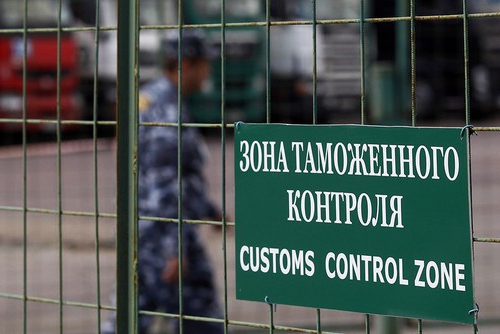
Classification: General Information
The types of customs regimes are determined depending on one reason or another (sign). Classification into separate groups or types has special legal significance. First of all, it helps to clarify the role that one or another customs regime plays in the mechanism of general regulation of product turnover, as well as a more detailed study of various aspects of legal regulation. The division in accordance with the position in the general economic activity, as well as economic reproduction most fully reveals the content of the concept.
Main categories
In accordance with the classification by role and position in the general economic turnover, two groups are distinguished: economic and simple customs regimes. This division is enshrined in Art. 155 Civil Code. For the implementation of regulation in the framework of the sphere in relation to products, the following categories are established:
- The main. These include international transit, production for domestic consumption. The customs regime of export is also included in this category.
- Final. This group consists of the customs regime of re-import, refusal in favor of the state, destruction.
- Economic. These include the customs processing regime for domestic consumption, outside and on the territory. This group also includes a free warehouse, temporary importation.
- Special customs regimes. They include duty free trade temporary importation, movement of supplies and others.
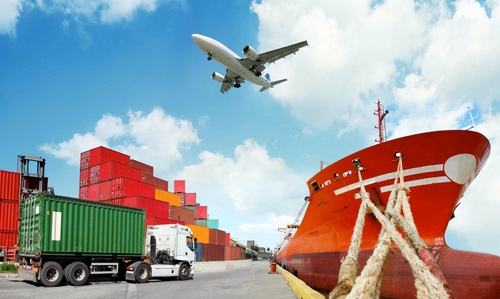
Specifications
A simple customs regime is distinguished by a general procedure that does not provide for any exemptions or restrictions on the use of regulatory methods and means.It is used in the course of relatively independent and completed commercial operations. Simple modes are divided into:
- The main ones.
- Special.
- The final ones.
One or another main customs regime is most often used in the course of foreign trade in products. The final and main types of procedures involve the completion of the control of imported products. This, in turn, means that their design is ending. The term “terminating” in the context of a topic can serve to terminate some other regime. In this case, the product acquires the final status. Special regimes include those that do not have economic value. However, they provide for the achievement of some specific goals. The composition of subjects using special regimes, in most cases, is limited to a certain circle of persons. These include, for example, airlines, owners of duty-free shops, military units and others. 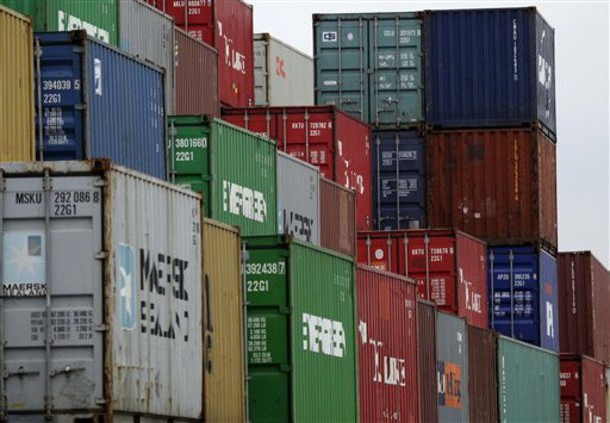 The economic customs regime is characterized by a more flexible application of legal regulatory instruments. This, in turn, creates additional opportunities in the matter of not only expanding the scope of foreign trade operations, but also developing other forms in the field of international economic integration.
The economic customs regime is characterized by a more flexible application of legal regulatory instruments. This, in turn, creates additional opportunities in the matter of not only expanding the scope of foreign trade operations, but also developing other forms in the field of international economic integration.
Features
There are a number of fundamental criteria in accordance with which a particular customs regime can be classified as economic. Among them should be given:
- Conditional and target nature. This feature is expressed in the fact that, in accordance with general rules, economic regimes allow the use of products exclusively for certain purposes.
- Compliance with special (specific) situations. They are associated with the international classification of labor and the opening of national trading platforms, the formation of additional opportunities for industrial, market development, and so on.
- The presence of economic significance and justification in macroeconomic terms and regardless of the range of products placed.
- Providing the person using the customs regime (in case of fulfillment of all established obligations), benefits and benefits known in advance. This is possible through the application of tax benefits, and in some cases, restrictions and prohibitions of an economic nature.
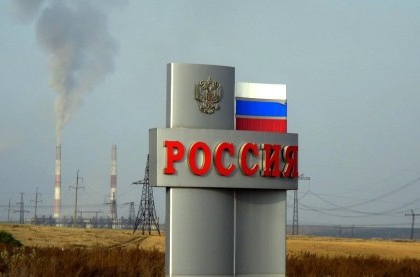
Destination classification
In accordance with this criterion, three types of economic regimes are distinguished:
- Warehousing. It involves the preservation of products in an unchanged state until a new customs destination arrives. In this case, no use is provided, except for a number of operations aimed at ensuring safety or subsequent use. Under such events understand sorting, repackaging and so on.
- Use of products. Goods may be used in accordance with their intended use. However, this excludes a number of operations. In particular, we are talking about processing and processing. This also refers to manipulations that can lead to a change in the state of production (except for natural wear and tear).
- Processing. In this case, the product is used to carry out certain operations aimed at a partial or complete change in its condition.
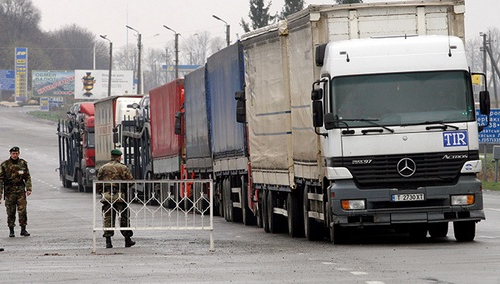
Direction of travel
According to this criterion, the modes are divided into:
- Imported.
- Carriage.
- Combined.
- Exported.
The first category of regimes providing for the importation of goods into the territory of the Russian Federation includes:
- Release for domestic consumption.
- Processing on site.
- Refusal in favor of the state.
- Destruction.
Export modes include:
- Re-export.
- Temporary export.
- Export and so on.
The third group includes transit. Combined modes are the movement of supplies and a customs warehouse.
Territorial restriction
It exists for some customs regimes. Use of goods may be limited:
- The territory of the free zone.
- Duty Free Shop.
- Free or bonded warehouse.
The main requirement in these cases is the physical distribution of products in a certain territory and being within it for the entire duration of the stipulated period. The export of goods beyond the borders of such zones, as a rule, requires a change in the customs regime.
Maintenance period
In accordance with the period that is determined for vehicles and goods under one or another customs regime, there are unlimited and urgent periods. A category limited to a specific time frame includes, for example:
- Temporary importation.
- Customs warehouse.
- International transit.
- Processing for domestic consumption.
- Moving supplies.
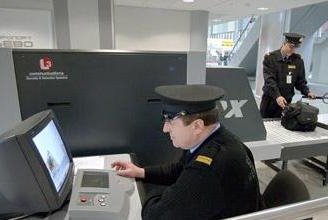
The legal regulation of some customs regimes of urgent type provides for the requirement to place goods in unchanged form and condition. The exception is changes that occur as a result of natural loss or wear and tear when in normal conditions of storage, transportation, operation (use) and other circumstances of this kind. Under other procedures, their active use is provided. At the end of the specified period, the customs regime shall be completed in accordance with the established procedure. Moreover, vehicles and products, depending on specific requirements, are exported outside the zone. They can also be declared to another regime, consumed or processed.
additional information
In accordance with applicable law, the export and import of goods into the customs territory of Russia implies the obligation of authorized persons to place them under one of the regimes and comply with it. In the course of foreign trade, in some cases, at the time of import, the method of disposal of imported products is not always known. The implementation of necessary operations in such cases can be greatly facilitated by placing goods in a customs warehouse.
This is due to the fact that a merchant can choose between selling products on the national market and sending them abroad. With a loss of quality, importers, as a rule, choose the destruction mode. Such situations occur in the case of too long storage of products. The application of the regime of refusal in state favor is directly related to inefficiency or inability to sell imported products on the Russian market. In practice, such cases occur with a significant increase in import duties and taxes. A sharp increase in customs payments may reduce the competitiveness of imported products in comparison with similar Russian-made goods.
